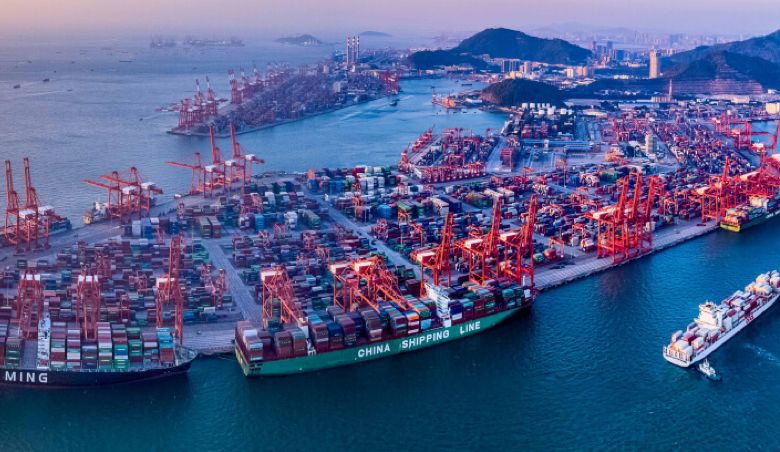Company Introduction
China Merchants Port Holdings Company Limited (referred to as "China Merchants Port") is a subsidiary of China Merchants Group and is a leading global port developer, investor, and operator. As a century-old central state-owned enterprise with a long history, it has a broad presence in 50 ports across 25 countries and regions. By the end of 2021, the container terminal throughput reached 136.394 million TEUs, and the bulk cargo throughput was 613 million tons, making it the world's largest in total cargo throughput.
Project Background
China Merchants Port is committed to enhancing process automation through the Smart Management Platform (SMP) to reduce manual operations and promote the integration and collaboration among its "three major platforms." Data-driven, the platform aims to optimize business operation efficiency, support decision-making, and help the company become a "world-class comprehensive port service provider." The three levels of construction objectives are:
1. Drive business operations with data, improve office efficiency, support management decisions, and enhance port operational capabilities.
2. Rely on "China Merchants Cloud" and the group's big data platform to achieve smart management for China Merchants Port.
3. Complete the top-level design of the Smart Management Platform to support the company's long-term strategic vision of becoming a "world-class comprehensive port service provider."
Project Pain Points
1. Dispersed processes, difficult to trace. Original business processes were scattered, with inconsistent business logic between systems, making it hard to integrate various data and track the entire process. This significantly impacted subsequent statistical tracking by business and management departments.
2. Difficult integration and long development cycles. The large scale of the group and the numerous business systems required significant human resources for the integration during the implementation of the SMP. High IT requirements, high maintenance difficulty, and high costs.
3. Low automation. A large amount of manual data work led to errors and made comprehensive visual analysis impossible, hindering the progress towards building a smart and green port.
Cooperation Process
AlphaFlow BPMA Process Middleware was selected as the process engine product for the China Merchants Port Smart Management Platform project, based on the needs for rapid modeling, deep integration, and data bridging. The project was officially launched in October 2021 and went into production use by the end of December 2021.
Application Scenarios
1. Rapid modeling of the three-meeting process. The seamless integration between the SMP platform and the BPMA process engine allows users to quickly initiate processes. Comprehensive standard interfaces facilitate the invocation and driving of processes by customer systems, ensuring perfect integration with business systems.
2. Synchronization of manifest data. The effective combination of processes and intelligent robots (RPA) enables automatic data flow for import and export, automatically filling form data back into third-party systems, reducing manual data operations, and making customer processes more intelligent and efficient.
3. Pending tasks and business processes embedded in the "China Merchants On-the-Go" platform form a unified pending message center. Mobile process approval overcomes time and space barriers, allowing access and approval of work requests anytime and anywhere.
Value and Achievements
1. Deep integration with zero-code customization. The group's IT department can easily implement various complex process scenarios without coding, reducing costs while efficiently realizing business ideas and completing system loops.
2. Standard interfaces for seamless integration with heterogeneous systems. Comprehensive standard interfaces ensure a smooth transition with existing OA and legacy business systems, enabling relevant process authority personnel to easily invoke and drive related processes, facilitating management and maintenance.
3. Enhanced data connectivity. Data interoperability among various business systems in the platform truly advances the requirement of "data-driven business operations," allowing senior management to make scientific decisions and tap into business potential based on unified data.
4. Automated process execution. AlphaBot process robots simplify daily task execution, freeing up human resources for higher-value activities.
5. Unified portal and unified business understanding. Pending tasks and business processes embedded in the "China Merchants On-the-Go" platform form a unified pending message center, providing a consistent business understanding.















